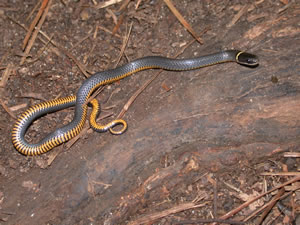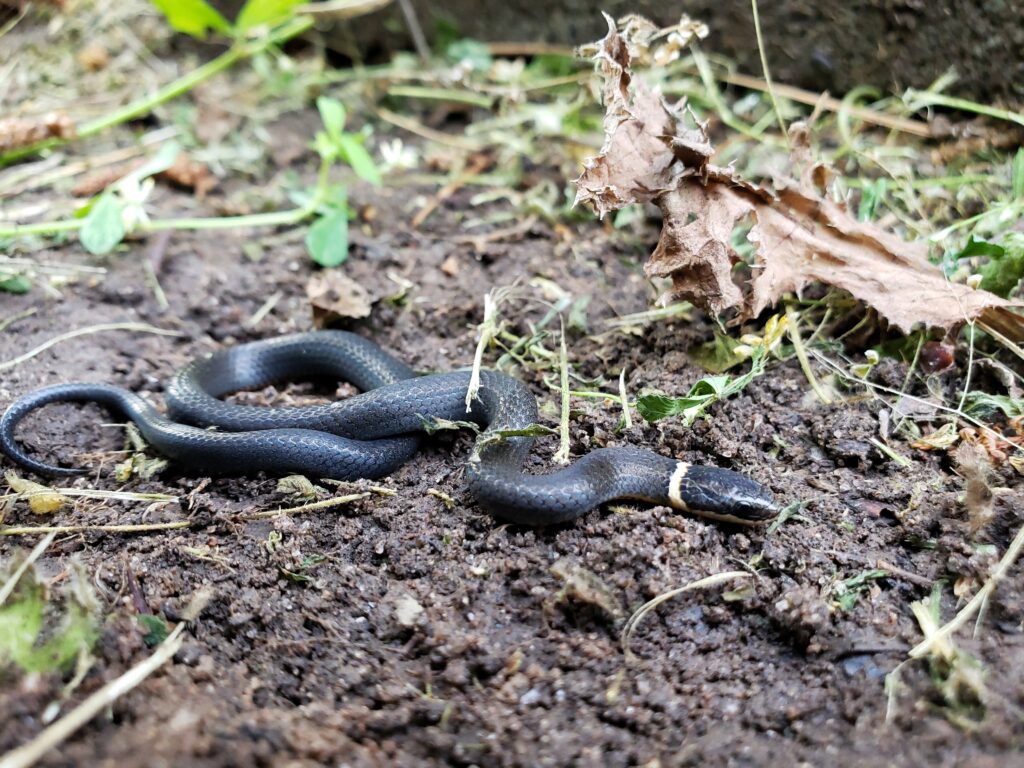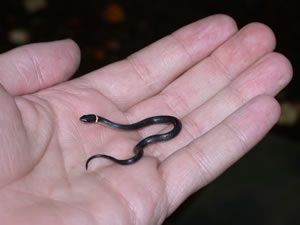Ringneck Snake (Diadophis punctatus)
Ringneck Snake (Diadophis punctatus)
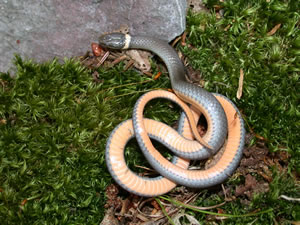
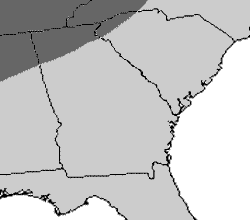
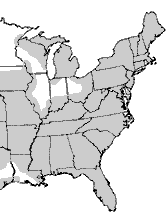
Description: A small, slender snake 25–38 cm (10–15 in) in length. Typically, grayish above with a distinct yellow or orange ring around the neck and a bright yellow to orange underside. Two subspecies occur in the Southeast: the Northern Ringneck (D. p. edwardsi), found in the mountains, is larger, with a complete neck ring and unmarked belly; the Southern Ringneck (D. p. punctatus), found in the Coastal Plain, is smaller, often with a broken neck ring and a row of black spots on the underside. Piedmont populations are intergrades. Both have smooth scales, round pupils, and females are generally larger with proportionally shorter tails than males. Coloration may vary from nearly black to tan.
Range and Habitat: This species has one of the widest distributions of any North American snake, ranging across the eastern two-thirds of the U.S., into southern Canada, across parts of the desert Southwest, and along the Pacific coast. In Georgia and South Carolina, the northern subspecies is restricted to the mountains, the southern subspecies to the Coastal Plain, and intergrades occur in the Piedmont. Found in a wide variety of habitats but most abundant in moist wooded areas, floodplains, hardwood forests, wetland edges, and in the mountains, often beneath rocks in more open terrain.
Habits: A secretive species, spending most of its time underground or beneath logs, rocks, leaf litter, or debris. Occasionally found crawling in the open or crossing roads at night. Known to occur at very high densities—long-term studies in Kansas documented populations exceeding 700–1800 individuals per hectare. Plays an important ecological role as both predator and prey. Diet consists of salamanders, earthworms, amphibians, invertebrates, lizards, and small snakes. Possesses weak venom in its saliva, used to subdue prey, but is harmless to humans. Breeding likely occurs in fall; females lay 2–7 eggs in early summer. Hatchlings resemble adults.
Conservation Status: Common and widespread across its range. Not protected in most areas, but legally protected in Georgia.
